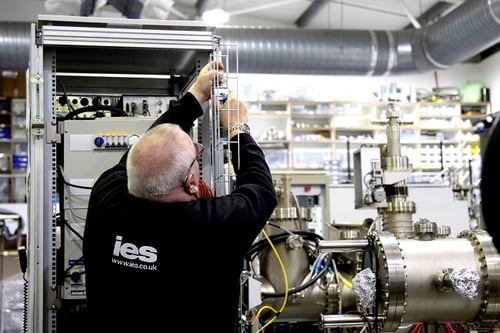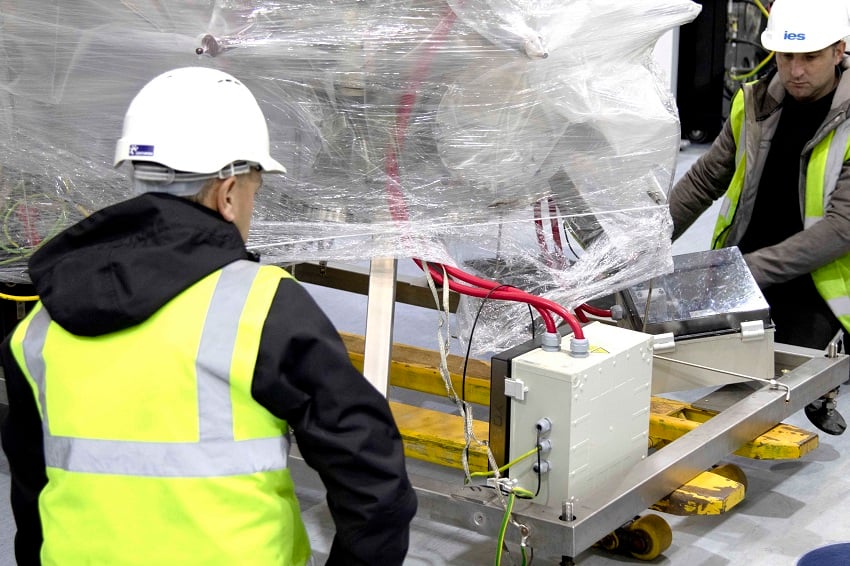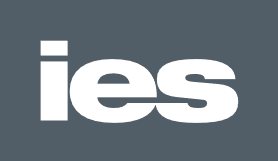
Ilika plc is a pioneer in materials innovation and solid state battery technology. Founded in 2004, Ilika works with global brands to develop innovative new materials for the energy and electronics market and improve the performance of existing components.

Summary
In order to streamline operations, Ilika needed to plan and execute a complex machine relocation project. They needed to move and consolidate their high-throughput R&D test and measurement equipment in a safe and cost-effective way. They required a logistics specialist that had the right technical and project management experience to conduct a seamless move without impacting on day-to-day activities.
The Challenge
Ilika is a business that is consistently seeking to improve processes and practices. Their equipment was spread across three locations, including the University of Southampton. Relocation on two sites made sense and allowed Ilika to consolidate their operations.
The move involved disassembling Ilika’s R&D test and measurement equipment mechanically, moving it safely to its new location and reassembling it. This included a multi-chambers vacuum system; a large and complex piece of equipment.
- You may like: Machinery transport: our simple six-step process
A further challenge that IES had to address was the limited space at the University. Relocation had to be planned in advance and orchestrated extremely carefully to ensure that the various pieces of equipment could be re-housed and reassembled as safely and efficiently as possible, with minimal impact to operations and other pieces of machinery already on site.
"It was vital that Ilika worked with engineers who have specific experience and expertise."
The type of equipment used by Ilika is not unique to battery, but is typical of companies who are working in nanotechnology where the product is often manufactured within a vacuum to allow subatomic layers to be put down. It was vital that Ilika worked with engineers who have specific experience and expertise working with vacuum equipment, including disassembling and reassembling and managing the high demand on electrical connections.
There simply aren’t many companies who can take on a turnkey project of this complexity.
The solution
IES worked closely with Ilika and the University of Southampton to develop a comprehensive relocation plan well in advance. This included moving equipment that was already onsite at the University, while also relocating and reinstalling the machinery from the other two sites.
As logistics specialists, IES understood the importance of devising and implementing a coherent and actionable space plan to ensure that the move was as streamlined as possible. Such thorough planning is not always a priority to logistics companies but IES knew that this was essential to ensure a successful outcome for Ilika, the University of Southampton and themselves.

When managing a project in a busy public space like the University, it was vital that IES factored robust health and safety measures into their operations. By using a specialist installation vehicle with a very large dimensional tail lift it negates the need for a forklift which can pose a health and safety risk in places with a lot of people moving around.
In addition, as the IES’s installation vehicle was air ride and had rigid sides it meant that the equipment was better protected from vibration and secured for transport.
The Outcome and Benefits
- With IES, Ilika’s equipment stayed in the hands of a single, specialist supplier, mitigating much of the risk associated with moving high-value, delicate equipment.
- IES’s careful and thorough project management ensured all Ilika’s equipment was disassembled, relocated and reassembled safely, efficiently and with minimum impact on operations. This included a vacuum chamber, a delicate piece of machinery that fills a substantial room. The vacuum chamber had to be dismantled, both electrically and mechanically, before moving and then safely relocated and reinstalled.
- In addition to the logistical benefits from the project, IES was able to help improve the cosmetic appearance of the site and the machinery’s setup. Most importantly, IES made and implemented their suggestion to add cable storage trunking to the backs of the electronics racks. Some of the cables were nearly 25 metres long and only needed to be 5 metres long. The cable storage trunking enabled Ilika to lose an impressive 20 metres from the cable, making the machinery easier to maintain and the site a more pleasant and safer space to work in. IES also took the opportunity to separate out the signal from power cables to minimise any interference.
- Understanding the need for good asset management, IES created a detailed log and audit of all the equipment. The client can easily refer to these records during their future audits and reconciliations.
- Due to the efficiency of the move, IES was able to add extra value to Ilika’s project by assisting with the decommissioning of the control wiring and loom work that runs between the chambers and electronics racks and then running it back in at the new location.
- As IES is an expert in logistics and able to handle projects of this magnitude from start to finish, Ilika benefitted from working with a single company, rather than multiple suppliers. This approach helps mitigate risk to the business, controls costs and ensures efficient and cohesive communications throughout the project. IES’s service package simply minimises the risk to business while enabling clients like Ilika to protect revenues and reduce operational impact.
Samuel Guerin, Science Director at Ilika says:
“IES engineers have at all times been professional and adaptable to the constraints of the work. They demonstrated a very good understanding of the work to be done and the priorities involved. IES were open to suggestions and have offered many solutions which have made the equipment transfer possible. They have also provided many suggestions and technological solutions in order to use the move as an opportunity to improve the instrument access and its future maintenance.
"IES have made the move possible and have helped us to strengthen our operations."
IES have scheduled their part of the move seamlessly - the entire move and first reconnection happened within the scheduled time frame. In short, IES have made the move possible and have helped us to strengthen our operations. I would consider them again for future moves.”
Contact us today to find out how our expertise can help your business.





